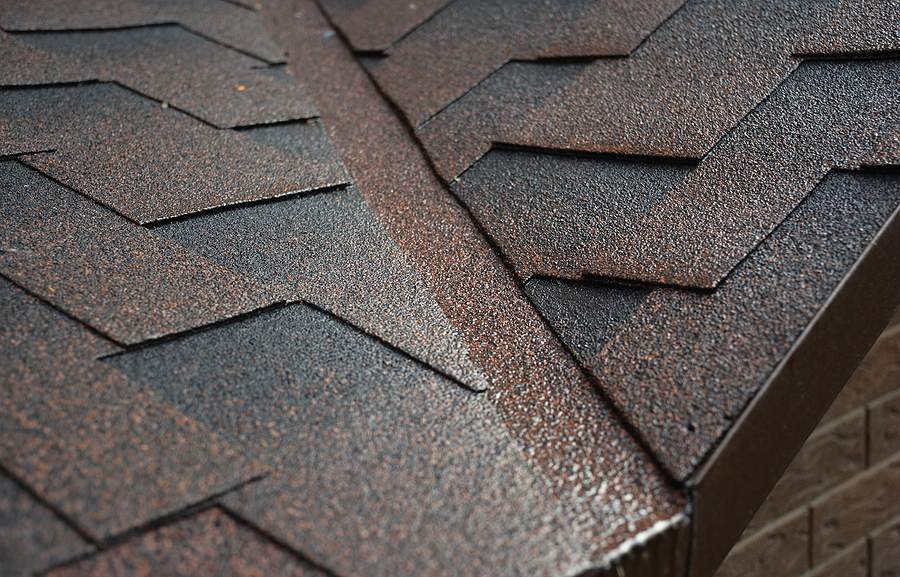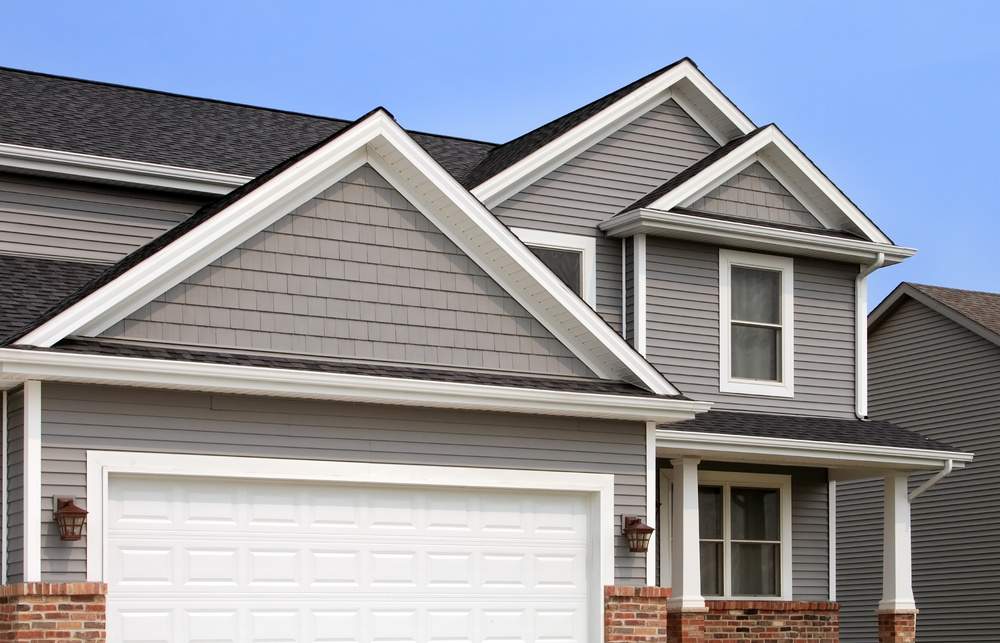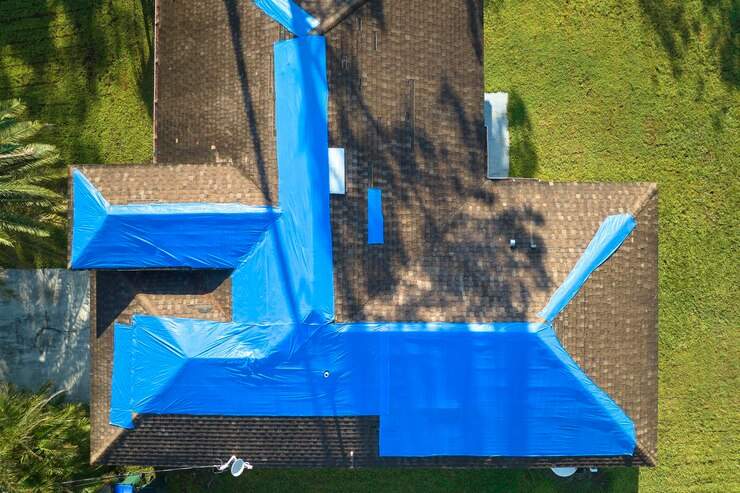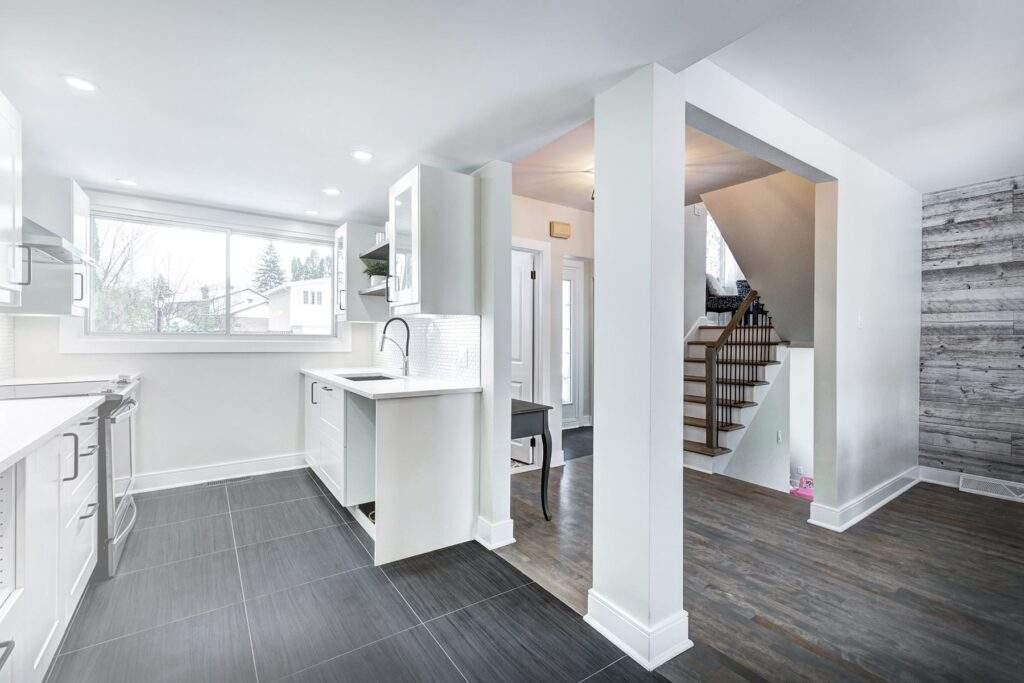Think your shingles are fine? Think again.
The Twin Cities’ weather is like a blender set to “wild”—snowstorms one minute, heatwaves the next. Your shingles don’t stand a chance if they’re not in top shape.
Miss a few warning signs, and you’ll be shelling out way more than necessary for roof repairs—or worse, a full replacement.
This guide is for you if you’ve been ignoring your roof. We’re talking about seven clues you might be overlooking. Catching these signs early is the difference between a quick fix and an expensive headache.
Let’s break it down, clue by clue, so you don’t miss a thing. Your shingles (and wallet) will thank you.
Key Takeaways
- Curled or missing shingles expose your home to moisture, leading to water damage, rot, and expensive repairs.
- Granules in the gutter and wrinkled or sagging roofs indicate your shingles are losing their protective layer, and structural damage might be setting in.
- Flashing issues around chimneys or vents allow water to enter, leading to mold, rot, and serious internal damage if left untreated.
- Water stains inside your home mean your roof is already leaking, and immediate repairs are crucial to avoid further damage.
- Higher energy bills and visible roof wear suggest it’s time for a professional inspection to prevent future costly repairs or replacements.
7 Clue You’re Missing That Say It’s Time to Replace Your Shingles
1. Shingles Look Like Curly Fries
If your shingles are curling up at the edges like a basket of curly fries, it’s a problem—not a snack.
When shingles start buckling or curling, it means they’re waving goodbye to their effectiveness. This happens because of age, moisture buildup, or poor ventilation in your attic. Basically, your shingles are throwing in the towel.
Good news? It’s one of the easiest things to spot from the ground.
No need to climb a ladder or grab binoculars—just a quick glance at your roof can tell you if it’s time for action. If you spot a bunch of twisty shingles, it’s time to get those checked out before they let moisture seep in and wreak havoc on your roof’s structure.
2. Missing Shingles
Remember the last time you looked up and thought, “Huh, weren’t there more shingles up there?” Yeah, that’s a sign.
Missing shingles don’t just make your roof look like it’s balding—they leave your home’s underlayers exposed to water damage. Water seeps in, rot sets in, and suddenly, your “small problem” becomes a full-blown disaster.
In the Twin Cities, it’s not uncommon for shingles to take flight after a storm. Heavy winds, hail, or even that surprise blizzard can send them packing.
Don’t ignore the gaps—those missing shingles are like leaving your door unlocked in a bad neighborhood. Get them replaced before you’re dealing with a much bigger issue.
3. Shingles Shedding Like Your Dog
Ever notice your dog shedding all over the place? Well, your shingles can do the same thing.
When shingle granules start piling up in your gutters, it’s a red flag. These granules are like sunscreen for your shingles—they protect them from harsh UV rays and help your roof stay strong. When they start washing away, your shingles lose their defense, leaving them vulnerable to sun damage and faster deterioration.
This is an easy one to spot. Next time you clean out your gutters (or take a quick peek), check for those gritty bits. If your shingles are shedding like your pet, it’s time to act.
The more granules you lose, the faster your roof will deteriorate, and no one wants to deal with that mess.
4. Roof Look Like It’s Got the Wrinkles
A wrinkled or sagging roof is never a good sign.
It’s like your roof is aging faster than it should. This isn’t just about looks—wrinkles or sagging can signal serious structural problems lurking beneath the surface. The weight of snow and water damage, which are no strangers in the Twin Cities, can cause this kind of sagging.
If your roof is starting to dip or wrinkle, don’t wait around. It could mean there’s water damage, or even worse, the structural integrity of your home is compromised. This is one of those clues you don’t want to ignore—get it checked out ASAP before it turns into a costly disaster.
5. Flashing Issues Around Chimneys and Vents
Flashing may not sound exciting, but it’s a big deal. It’s the metal that seals up the gaps around your chimney, vents, and any other roof structures.
Even minor gaps or cracks in your flashing can allow water to sneak in, and water damage doesn’t mess around—it can lead to mold, rot, and major structural problems. If your flashing is damaged, it’s like leaving a window cracked during a storm.
Spotting flashing problems isn’t too tough. Look for cracks, gaps, or rust around the seams, especially after one of those legendary Twin Cities storms. If you notice anything off, it’s best to fix it before the leaks start.
6. Water Stains Inside Your Home
Water stains on your ceiling or walls? That’s your roof throwing up the white flag.
Once water makes it inside your home, your roof has officially failed at its one job: keeping the elements out. Water stains mean that leaks are already happening, and it’s only going to get worse from here.
If you notice any discolored spots, don’t shrug it off. Water damage can lead to mold, rot, and a ton of expensive repairs. This is one of those signs that demands immediate attention. The quicker you address it, the less damage (and money) you’ll have to deal with.
7. Energy Bill Suddenly Higher
Notice a spike in your energy bill? Your roof might be the culprit.
When shingles lose their ability to insulate, your home’s heating and cooling systems have to work overtime to keep things comfortable.
A damaged roof can let heat escape in the winter and trap it in during the summer. If your energy costs are creeping up and you can’t explain why, it’s time to check the roof. Spotting and fixing the problem early could save you a bundle on utilities.
What to Do Next: Be Proactive, Not Reactive
Don’t wait until your roof is practically screaming for help. By regularly checking these clues, you can dodge expensive repairs—or even a full roof replacement.
Here’s how to stay ahead:
- Inspect your roof seasonally—especially after storms in the Twin Cities. Snow, hail, and wind can cause hidden damage.
- Look for the obvious signs—curling, missing shingles, granules in the gutters. These are easy clues to catch.
- Schedule a professional inspection every year—it’s cheaper than a surprise emergency repair.
- Act fast if you spot anything off. Waiting only makes things worse (and more expensive).
Think You’re Missing the Signs? Let Allstar Construction Help You Check
Not sure if you’ve spotted all the clues? It’s easy to overlook things—roofs don’t exactly shout when they’re in trouble. If you’re uncertain about your roof’s condition, don’t stress. Allstar Construction is here to help.
Our team knows the Twin Cities weather inside and out, and we specialize in catching those early warning signs before they turn into bigger problems. Contact us today at 763-373-1066—no pressure, just honest advice when you need it most.



